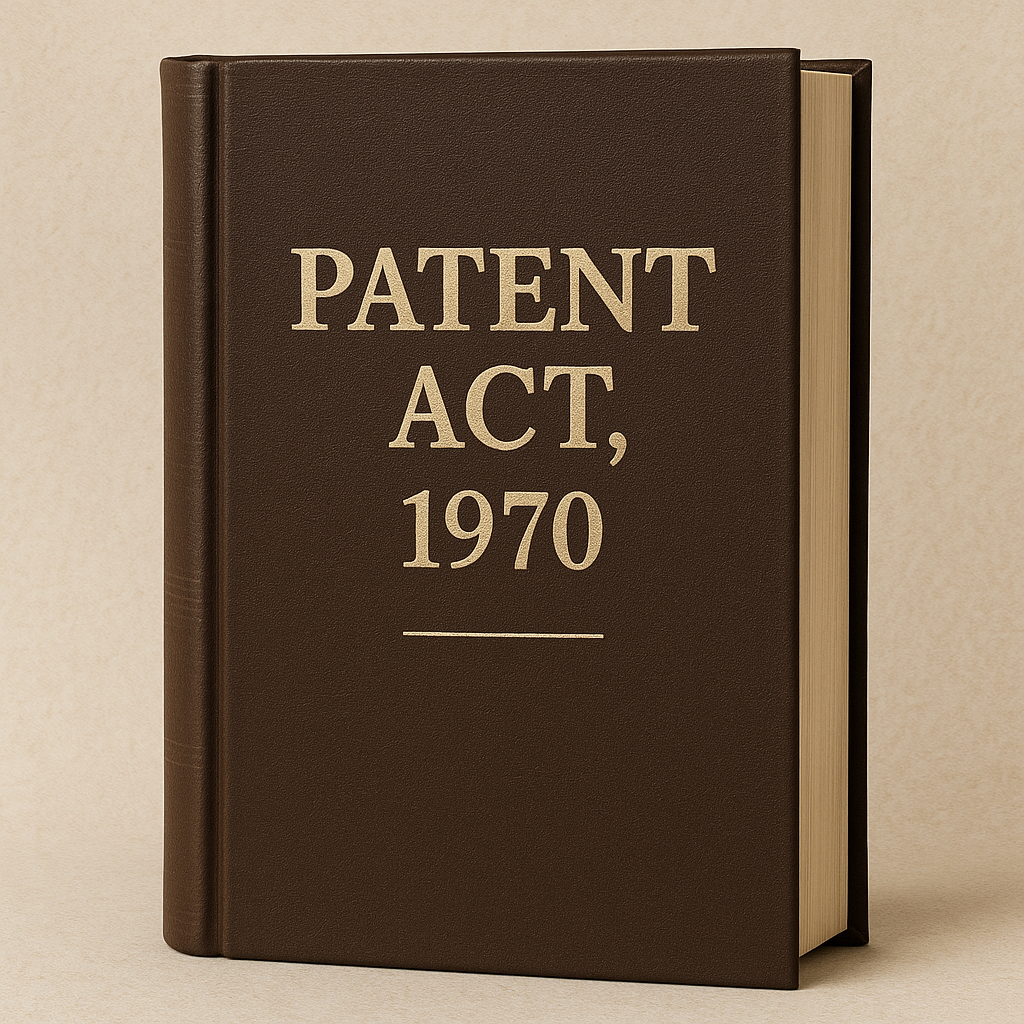A Parliamentary panel has recommended the creation of Patent Commercialisation Hubs at Indian Institutes of Technology (IITs) to transform academic research into market-ready products. The proposal comes from the Parliamentary Standing Committee on Commerce in its 192nd report, highlighting the need to strengthen India’s intellectual property ecosystem.
Bridging the Innovation Gap
The committee noted that while India has seen a surge in patent filings from universities and research institutions, many innovations remain unutilised. By setting up these hubs, IITs can provide infrastructure, mentorship, and technical guidance to convert patents into viable products.
The panel also urged the government to introduce matching grants for innovators. These grants would help researchers and startups build prototypes, making their technologies attractive for industry partnerships.
Incubation and Investor Linkages
The report suggested establishing Patent-to-Product Incubation Centres at IITs. These centres would offer seed funding, lab facilities, and business mentorship. More importantly, they would connect innovators with venture capitalists and private investors, ensuring that promising technologies scale effectively.
Government’s Current Measures
The Ministry of Commerce pointed out several existing initiatives. The Indian Patent Advanced Search System (inPASS) allows stakeholders to explore patents and identify potential licensing opportunities (inPASS). Patent holders can voluntarily declare their willingness to license inventions, helping industries adopt innovative solutions.
Additionally, the government has slashed patent renewal fees by 80% for startups, MSMEs, and educational institutions. This step reduces financial pressure on smaller innovators and promotes long-term patent protection.
Why It Matters
India’s educational institutions filed over 19,000 patents in FY 2023, accounting for 23% of total filings. This marks a sharp rise from 7,200 in FY 2022. Yet, challenges such as long patent approval timelines—around 51 months—continue to hamper innovation.
The proposed hubs can bridge this gap by ensuring patents are not just filed but also commercialised. Such efforts could position India as a stronger global player in innovation.
Outlook
If implemented, these hubs could redefine India’s innovation ecosystem. IITs, with their research capabilities and industry linkages, are well-placed to lead this initiative. The move aligns with India’s ambition to strengthen its intellectual property rights (IPR) regime and drive economic growth through technology-driven enterprises.

